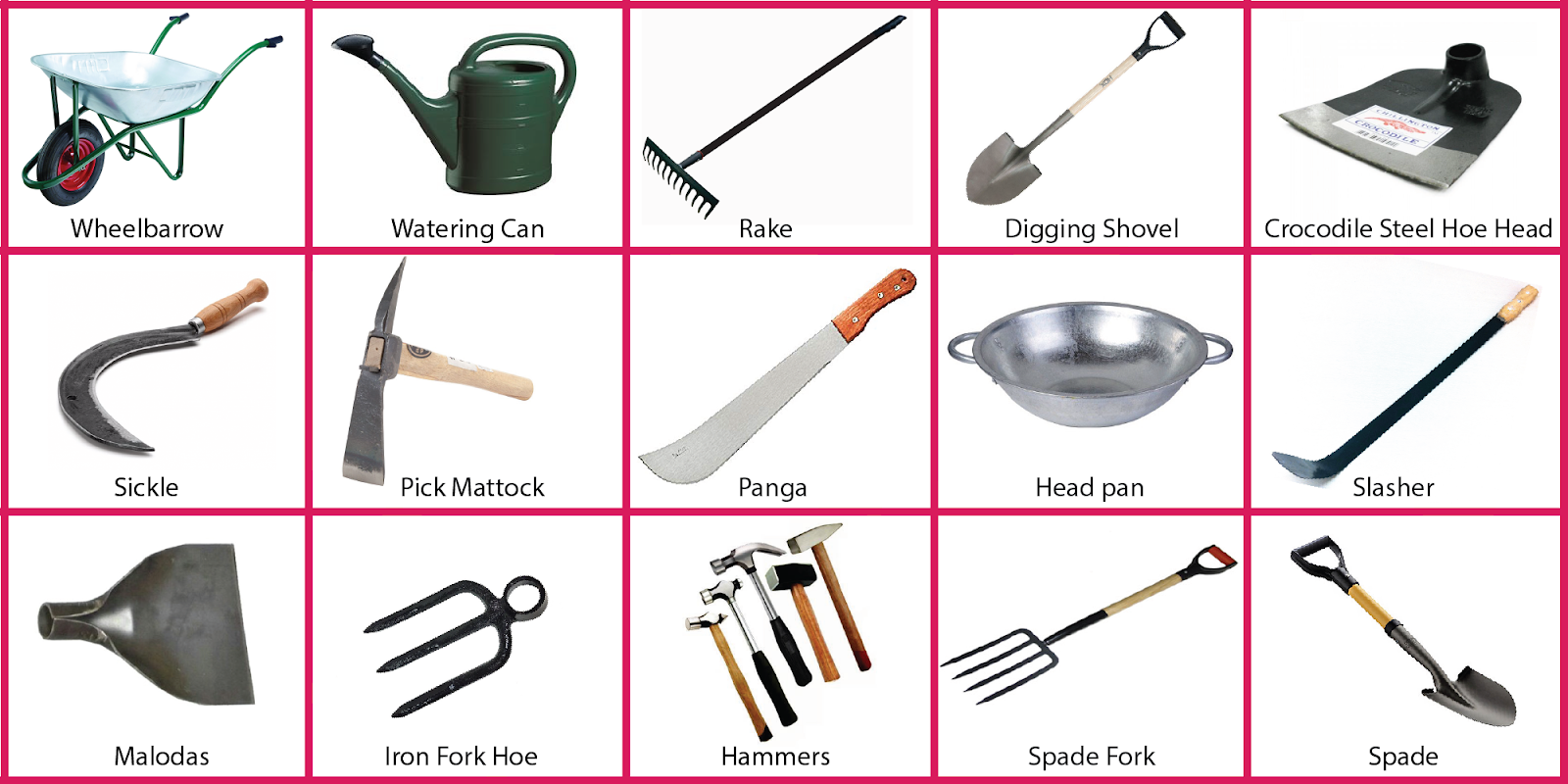Top Farm Tools, Equipment, And Their Uses
Ever wonder how the food on your plate gets there? From the simplest hand trowel to the most sophisticated combine harvester, agricultural tools are the unsung heroes of our food system. They represent millennia of innovation, shaping the landscape and feeding billions.
Farming, in its essence, is a partnership between humanity and nature. And the tools we use are the bridge connecting our ingenuity with the earth's bounty. These implements, ranging from the ancient to the cutting-edge, have allowed us to cultivate crops, manage livestock, and ultimately, sustain civilization. Understanding the evolution and diversity of these tools is key to appreciating the complexity and importance of agriculture.
| Category | Examples | Description |
|---|---|---|
| Tillage | Plows, harrows, cultivators | Prepare the soil for planting by loosening and aerating it, removing weeds, and incorporating organic matter. |
| Planting | Seed drills, planters, transplanters | Efficiently sow seeds or transplant seedlings at the correct depth and spacing. |
| Cultivation | Hoes, cultivators, weeders | Control weeds, aerate the soil, and improve water penetration during crop growth. |
| Harvesting | Sickles, scythes, combine harvesters | Gather mature crops efficiently, minimizing losses and preserving quality. |
| Irrigation | Sprinkler systems, drip irrigation, flood irrigation | Supply water to crops, ensuring adequate moisture for growth and yield. |
Learn More About Agricultural Machinery (FAO)
Consider the humble shovel. A seemingly simple tool, yet its utility is vast. From digging foundations for farm buildings to turning compost, the shovel has been an indispensable companion for generations of farmers. Similarly, the hoe, with its various forms adapted to different crops and soil types, represents a testament to human adaptability and ingenuity.
The rise of mechanization marked a profound shift in agricultural practices. The introduction of the tractor, for instance, revolutionized farming, enabling large-scale cultivation and significantly reducing the physical demands of the work. Modern tractors, equipped with advanced technologies like GPS and precision planting systems, represent the pinnacle of agricultural engineering. They allow farmers to optimize their operations, minimizing inputs and maximizing yields.
Beyond the tractor, a plethora of specialized machinery has emerged, each designed for a specific task. Combine harvesters efficiently reap, thresh, and winnow grains, while forage harvesters process crops like corn and silage for livestock feed. These complex machines have dramatically increased agricultural productivity, contributing to the abundance of food we enjoy today.
Yet, even in the age of high-tech agriculture, hand tools retain their importance. Pruning shears, grafting knives, and hand trowels are still essential for tasks requiring precision and care. In many parts of the world, traditional hand tools remain the primary means of cultivation, reflecting the enduring connection between humans and the land.
From Nepal's traditional Hasiya, a sickle used for harvesting rice, to the advanced robotics employed in modern greenhouses, agricultural tools tell a story of human innovation and our enduring quest to cultivate the earth. These tools are not merely instruments; they are extensions of our hands, our minds, and our commitment to nurturing the world that sustains us.
Maintaining these tools, whether a simple hand rake or a complex piece of machinery, is critical for ensuring their longevity and effectiveness. Proper storage, cleaning, and regular maintenance can prevent rust, damage, and premature wear, ultimately saving farmers time and money. This care also reflects a respect for the tools themselves and the vital role they play in feeding the world.
Choosing the right tools for your farm requires careful consideration of your specific needs, budget, and scale of operation. A small market gardener will have different requirements than a large-scale grain farmer. Understanding the various types of tools available, their functions, and their maintenance requirements is essential for making informed decisions that contribute to a successful and sustainable farming operation.
The evolution of agricultural tools is a testament to human ingenuity and our ongoing effort to improve efficiency and productivity. As technology continues to advance, we can expect further innovations in the tools and equipment that shape the future of agriculture. From vertical farming systems to AI-powered robots, the next generation of agricultural tools promises to further revolutionize how we grow our food.
Last updated on January 10, 2023.


